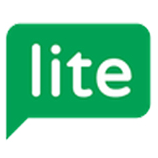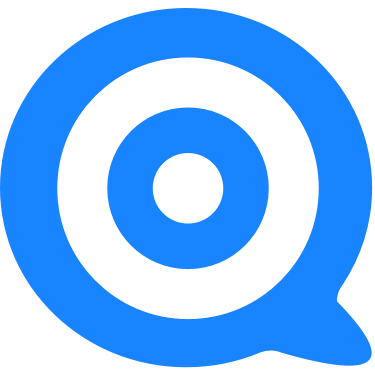How A Doctorate In Physics Built An AI Video Generation Tool [$17K MRR]
Hello! Who are you and what business did you start?
Hi, I’m Nicolai Klemke, from Germany, and 34 years old. I was a physicist in my previous life and fell in love with programming and AI. My startup “neural frames” is primarily an AI music video generation tool that helps musicians generate audio-reactive visuals for their songs. AI artists love it too because it provides a lot of utilities to explore the depths of text-to-video generation with a user-friendly interface.
I built the app based on Stable Diffusion by myself and launched the first version in January, and the second version in April. Since April it has received 130k visitors and is currently at an MRR of $17k (End of October 2023).

What's your backstory and how did you come up with the idea?
While studying physics, I made a lot of music as a rapper and producer. I was always frustrated that,...

Download the report and join our email newsletter packed with business ideas and money-making opportunities, backed by real-life case studies.

Download the report and join our email newsletter packed with business ideas and money-making opportunities, backed by real-life case studies.

Download the report and join our email newsletter packed with business ideas and money-making opportunities, backed by real-life case studies.

Download the report and join our email newsletter packed with business ideas and money-making opportunities, backed by real-life case studies.

Download the report and join our email newsletter packed with business ideas and money-making opportunities, backed by real-life case studies.

Download the report and join our email newsletter packed with business ideas and money-making opportunities, backed by real-life case studies.

Download the report and join our email newsletter packed with business ideas and money-making opportunities, backed by real-life case studies.

Download the report and join our email newsletter packed with business ideas and money-making opportunities, backed by real-life case studies.


































